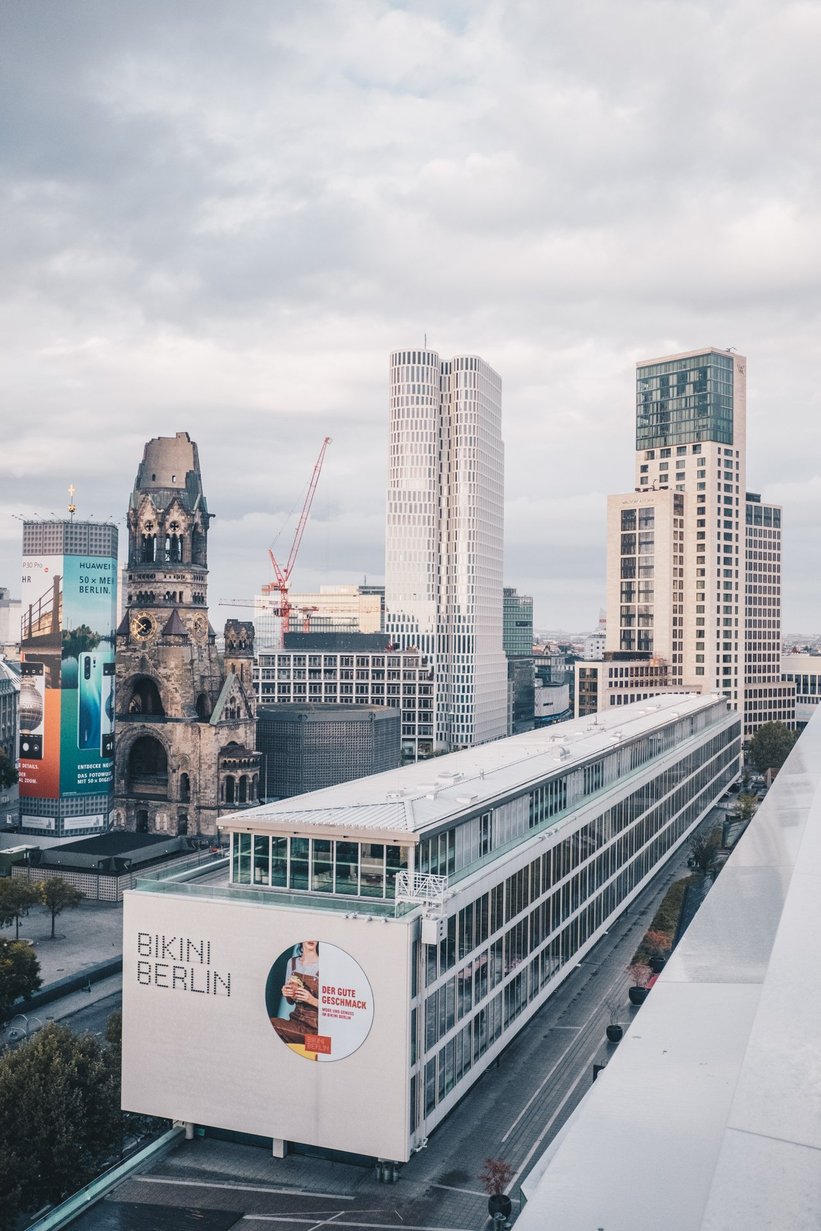
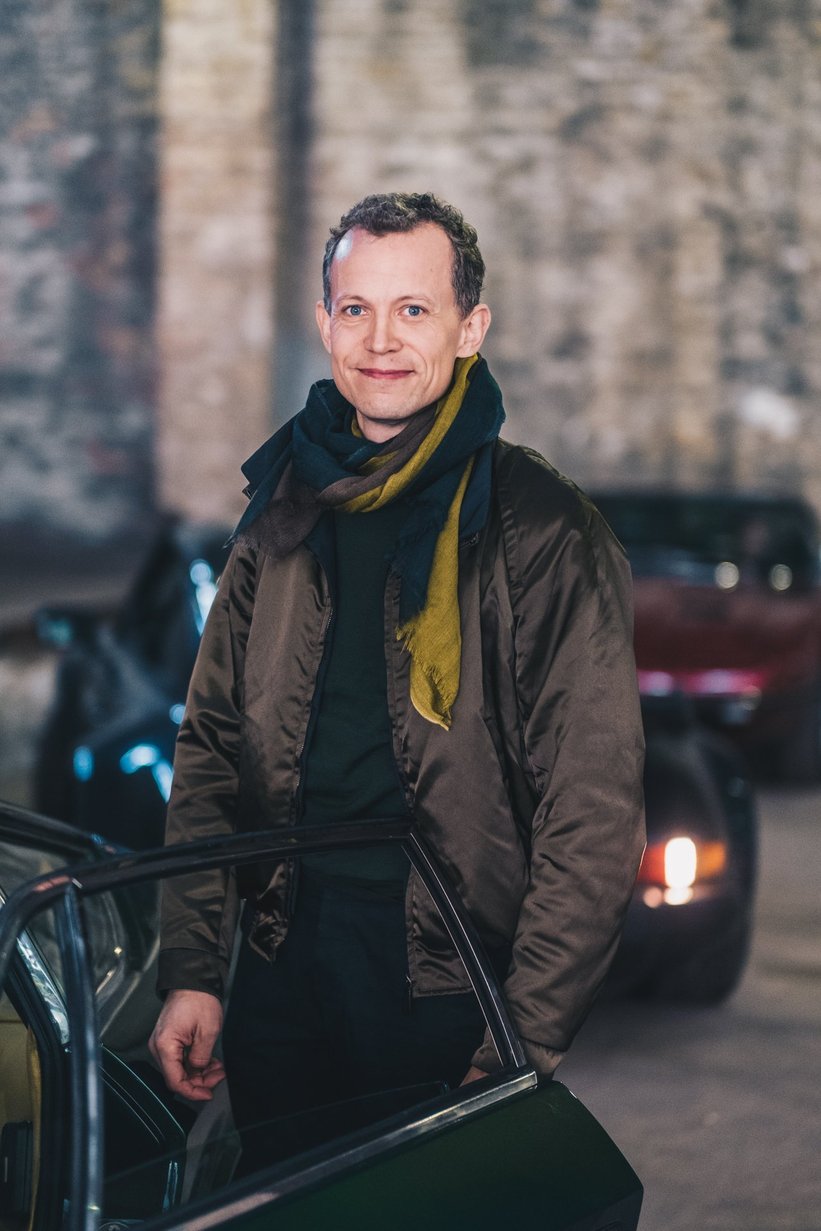
As the glorious five-litre flat-12 of the black-on-black Ferrari Testarossa in which I’m riding revs out towards its redline, I keep thinking I might have the wrong definition of ‘flitzer’ – perhaps it doesn’t mean streaking on football pitches after all. Ulf Poschardt is at the wheel. Conditions are demanding but the editor-in-chief of Die Welt & Welt am Sonntag, who’s driving like his trousers are on fire, is doing a fine job of keeping the car in check.
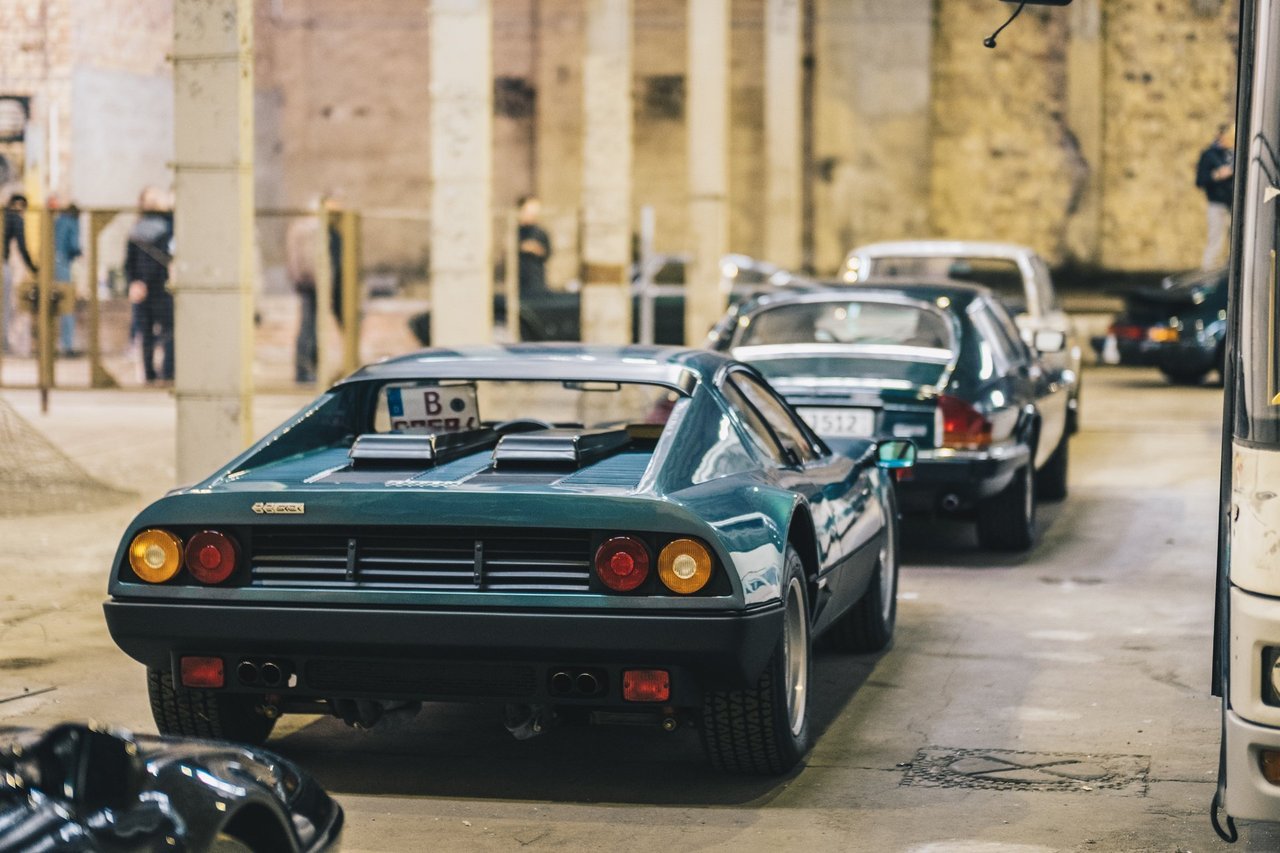
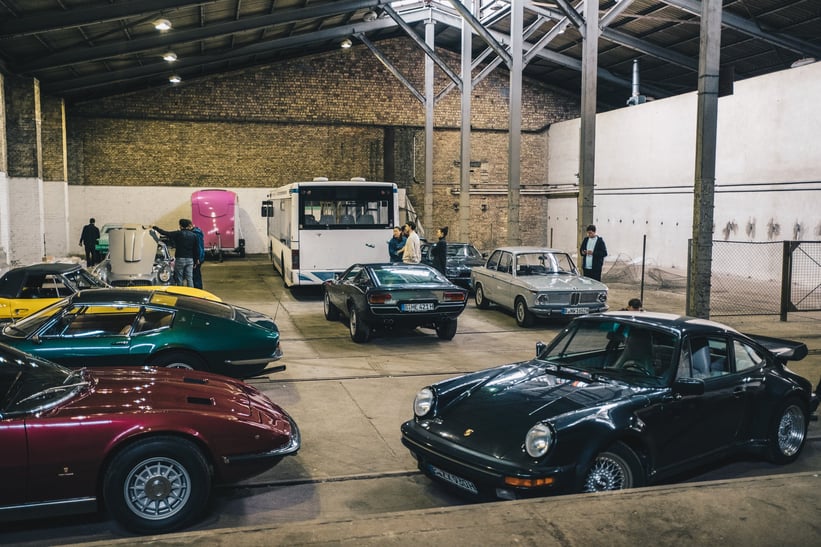
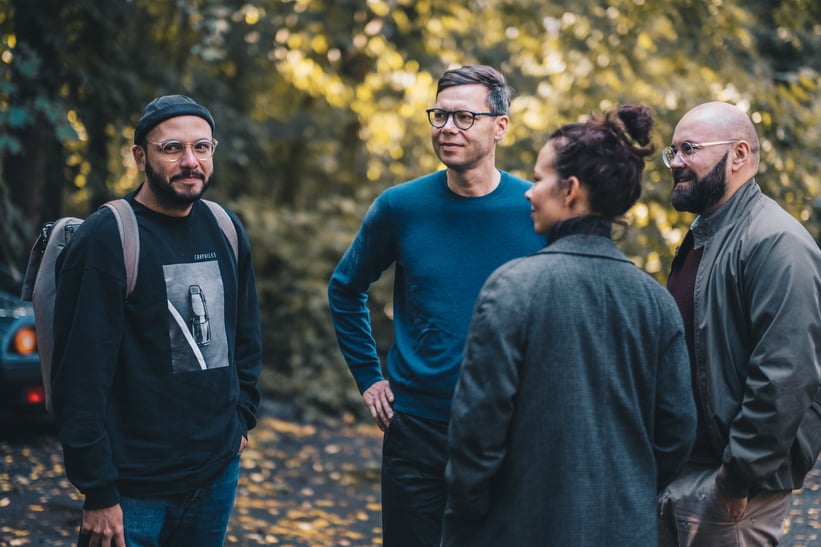
It’s rained a couple of times already today and the drying asphalt is still very slippery. Throw in a slick layer of fallen autumn leaves and the road feels like a skidpan. Poschardt doesn’t seem the slightest bit fazed. He changes up one more time, the classic gated gear lever responding with a metallic click. The car is taking the thrashing in its stride – going as fast as possible was what it was designed to do, after all.
We’re following two other cars whose drivers are trying their best to lose us. A very well-driven BMW 1600 with some serious negative camber is one of them. You’d think that given the car we’re driving we’d be able to easily overtake the humble BMW. But on this particular road and in these conditions, it’s proving impossible. Leading the pack is a green Maserati Khamsin driven by the event’s organiser Dirk Rumpff and its elegant body, designed by Marcello Gandini for Bertone, is a sight to behold.
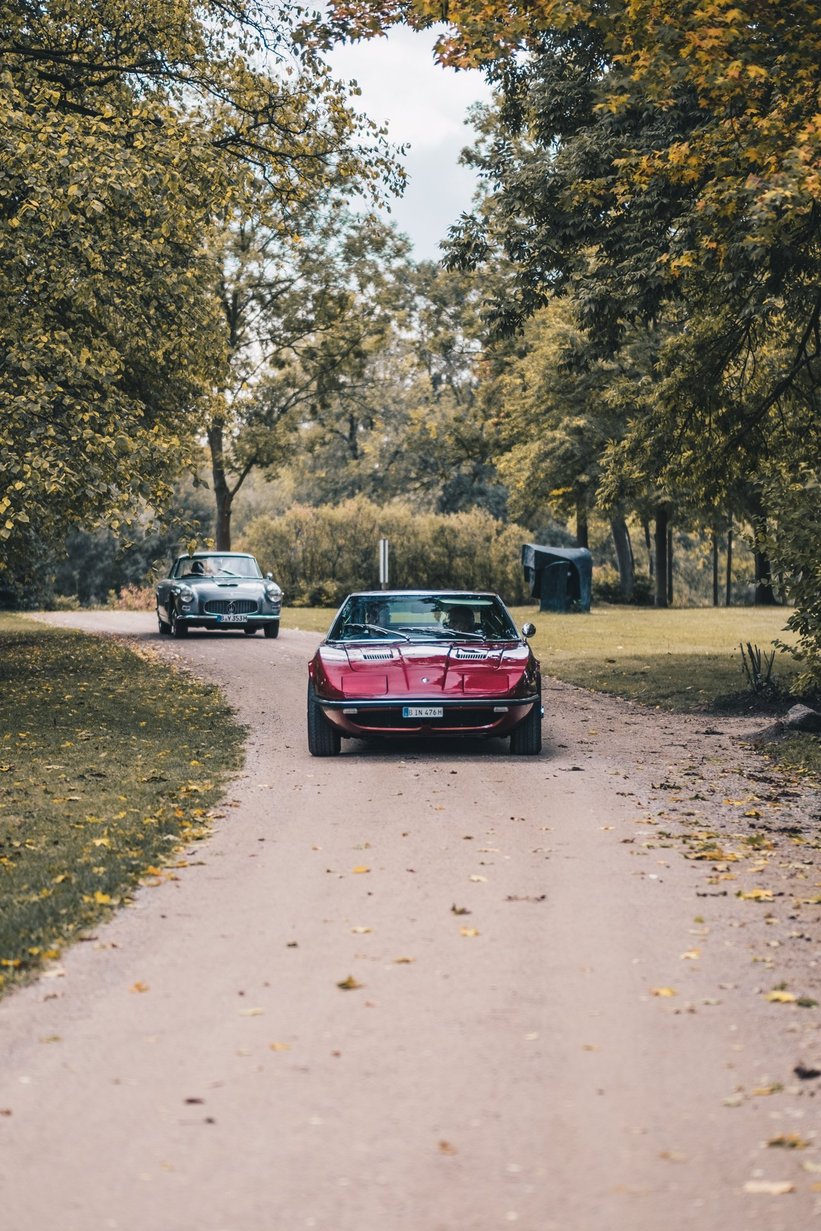
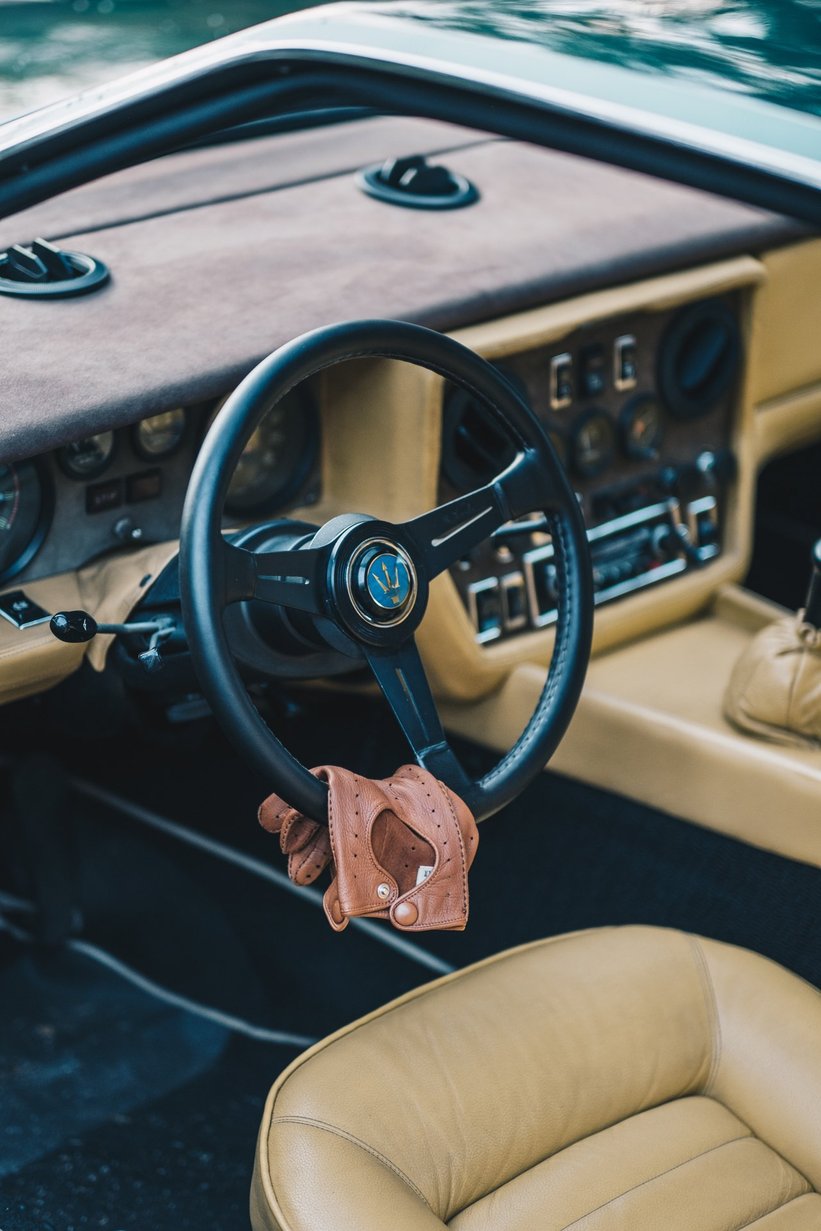
Before, I was feeling a bit anxious about the whole running naked onto a football pitch thing, but I don’t really care anymore. We’re somewhere northeast of Berlin and this is heaven. Jokes aside, let’s start at the beginning. The Flitzer Club was born, like all good things, from a series of coincidences. Because most classic car gatherings consist of standing around in a field kicking tyres and talking nonsense, Rumpff wanted to make his events stand out from the rest.
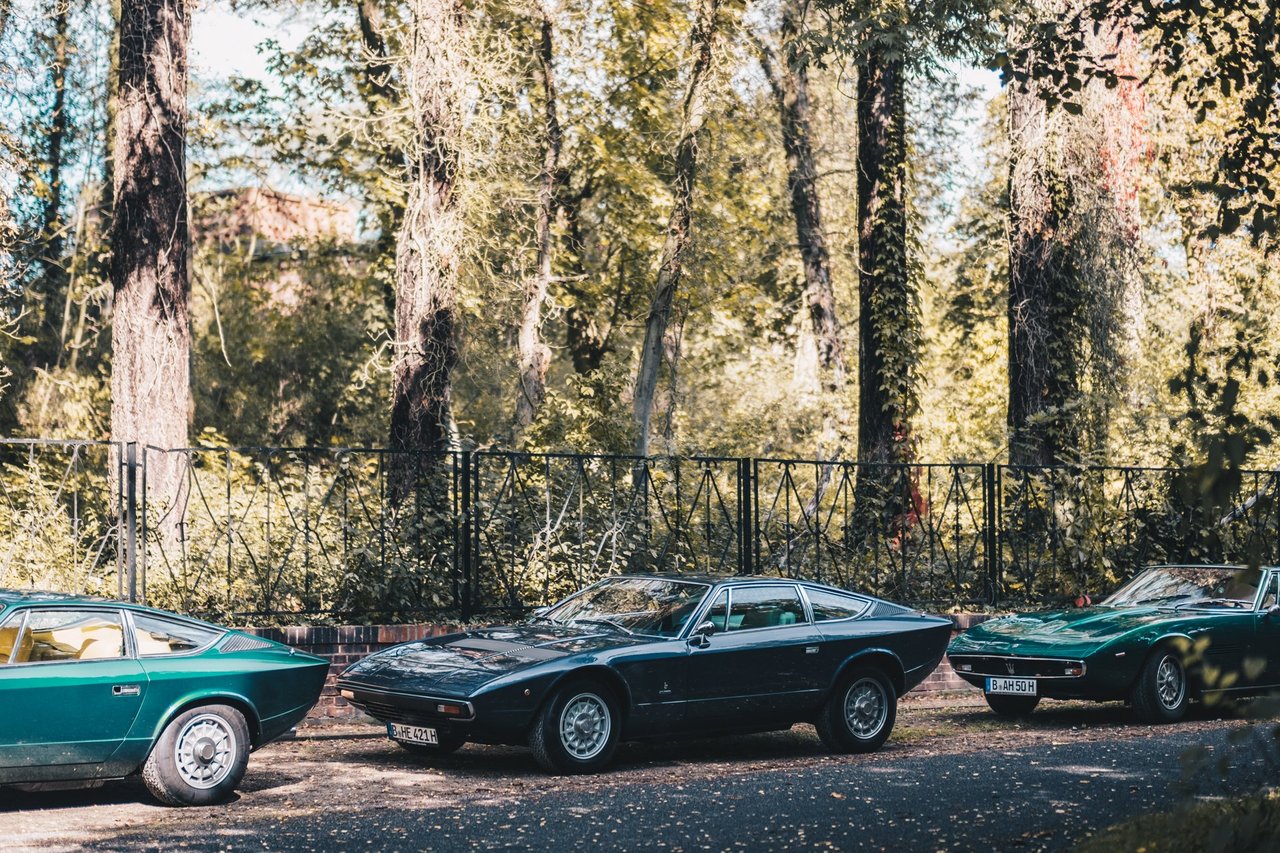
He’s done so firstly by cramming in as much spirited driving as possible into the day and secondly by incorporating many stops with the sole aim of appreciating great architecture and art. The idea was to form a casual, cultural car club, because classic cars are a hobby that’s so much more than what laymen commonly deem a boys’ plaything. Like art, books and buildings, they’re an integral part of culture itself, especially when you consider the design and engineering passion that goes into each of these machines and the stories of the people behind them.
We set off this morning from my hotel: the 25 Hours Bikini Berlin on Budapester Strasse, which I chose for its design-oriented character so as to fully immerse myself in the vibe of this incredible city. The hotel is every bit as vibrant as Berlin, combining cool vintage furniture with high-tech designer details – raw concrete is mixed with warm wood, oriental cushions and rugs with white subway tiles. There’s a bakery, a hammock lounge and a rooftop bar that overlooks Berlin zoo. What’s more, the lift is a moving art gallery and there’s a Mini Countryman in the lobby. It’s perfect!
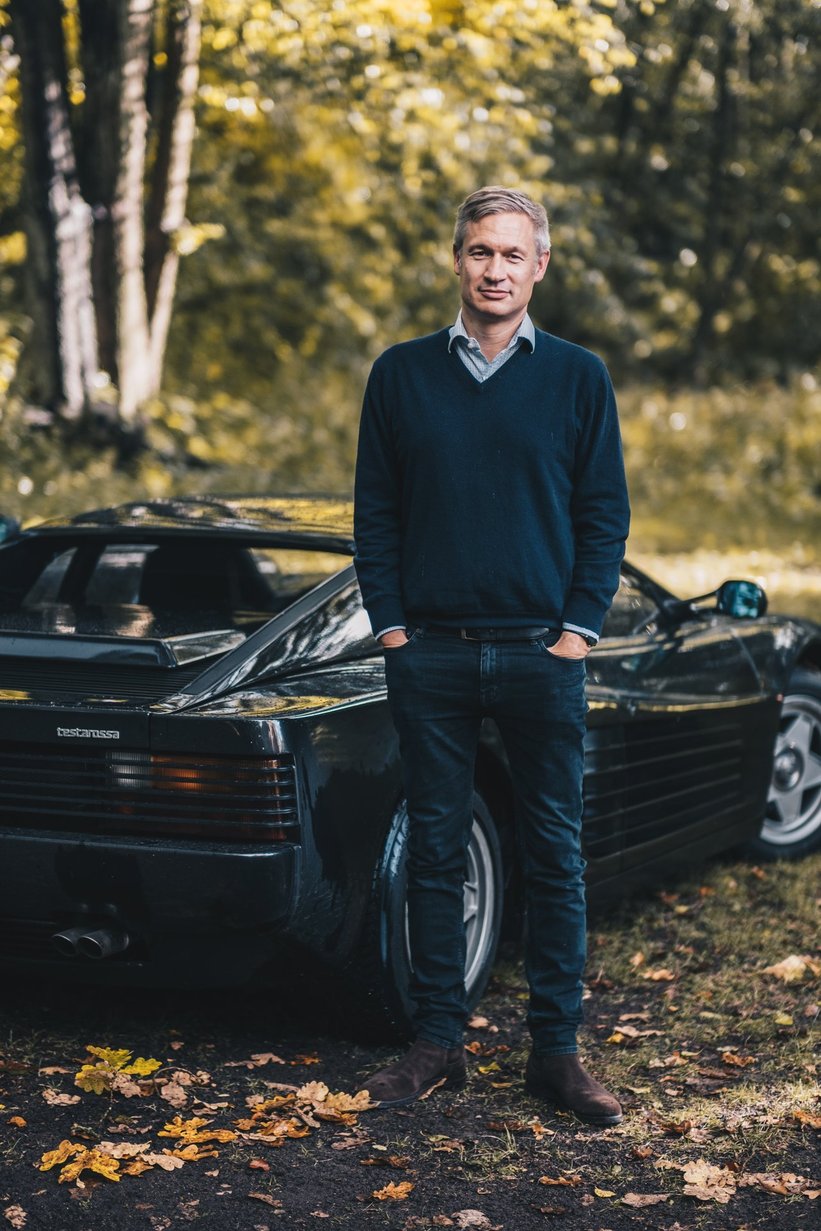
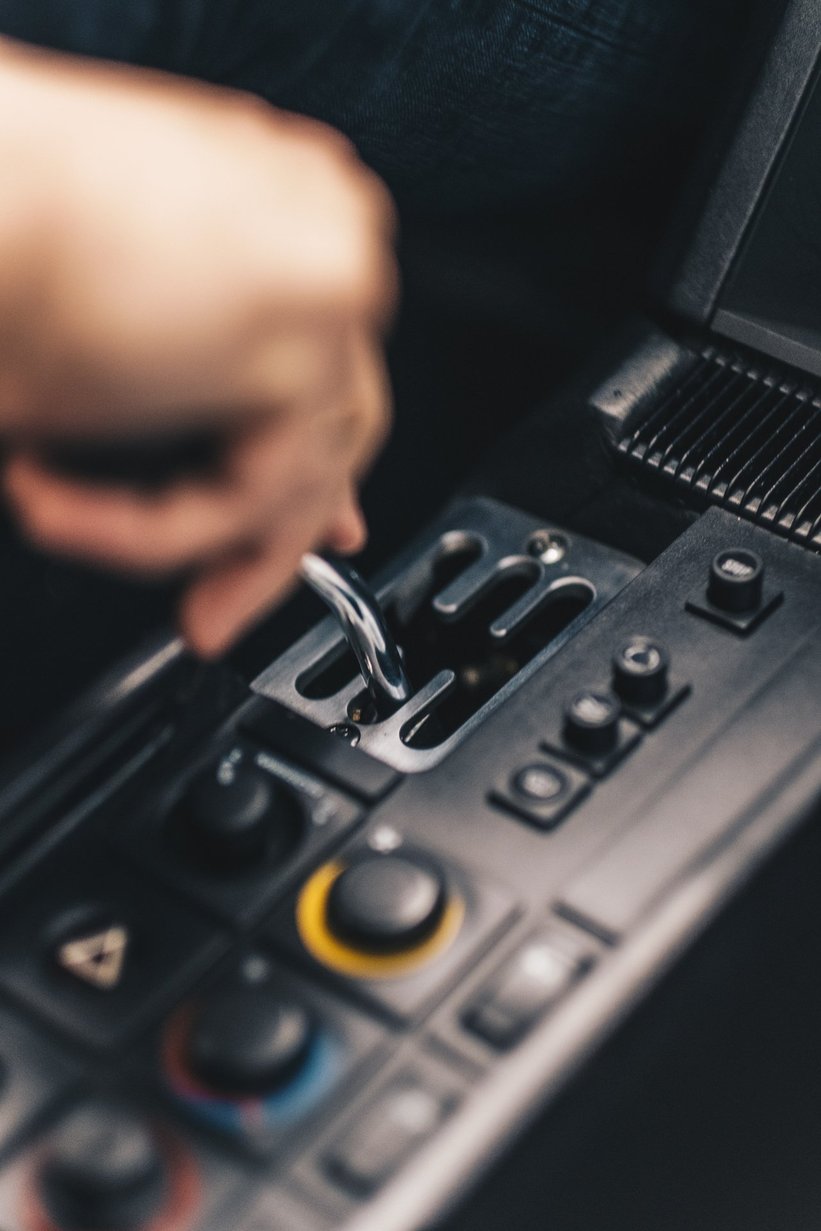
As we drove towards Neuzeit Ost, an abandoned warehouse southeast of my hotel and the meeting point, Rumpff explained that the name ‘Flitzer’ – a German word referring to nippy little sports car or aeroplane – was the first thing he thought of. And even though it can have a pejorative meaning, it “just kind of stuck”. I think it sounds edgy and unapologetic, much like Berlin itself.
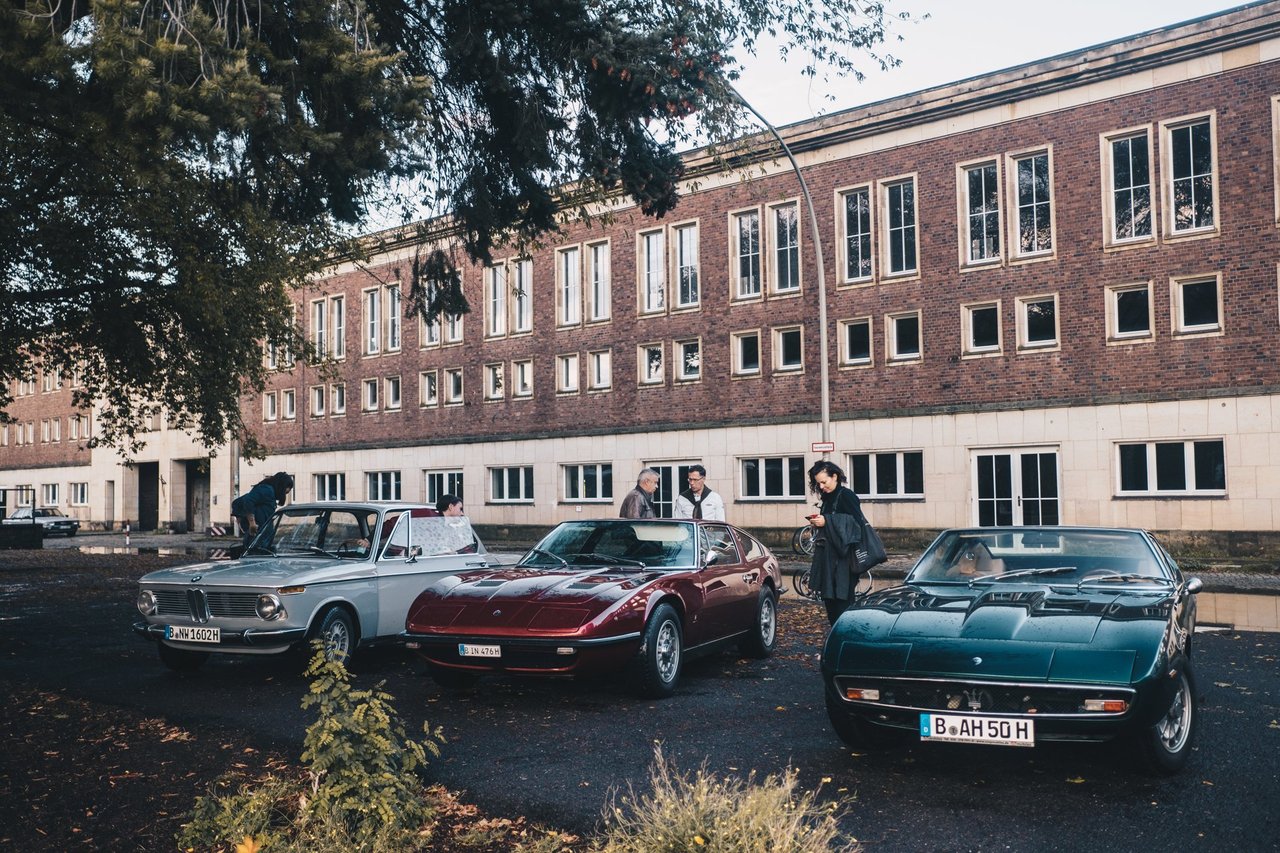
In addition to the famous playwriter and poet Bertold Brecht’s house in Buckow, we’ve visited the home of Art Biesenthal. A burned down residential part of a huge, derelict mill of which only the façade survived, it’s been transformed into a modernist home and spectacular art gallery. Lunch was served at the neo-gothic Schloss Reichenow (now a hotel) and we’re now on our way to Funkhaus Berlin.
The Funkhaus is a former GDR broadcast centre, built in the 1950s and closed in 1990. Designed by the Bauhaus architect Franz Ehrlich, the building housed 5,000 workers in its heyday and even encompassed a supermarket, barbershop, ice cream parlour and a sauna. Today, it’s a stunning time capsule – a monument to the communist spirit, which has been fittingly turned into a co-working space and cultural centre. The acoustics of its recording studio are still revered, which goes some way to explain why artists such as Sting, The Black Eyes Peas, Aphex Twin and Nils Frahm have all played there.
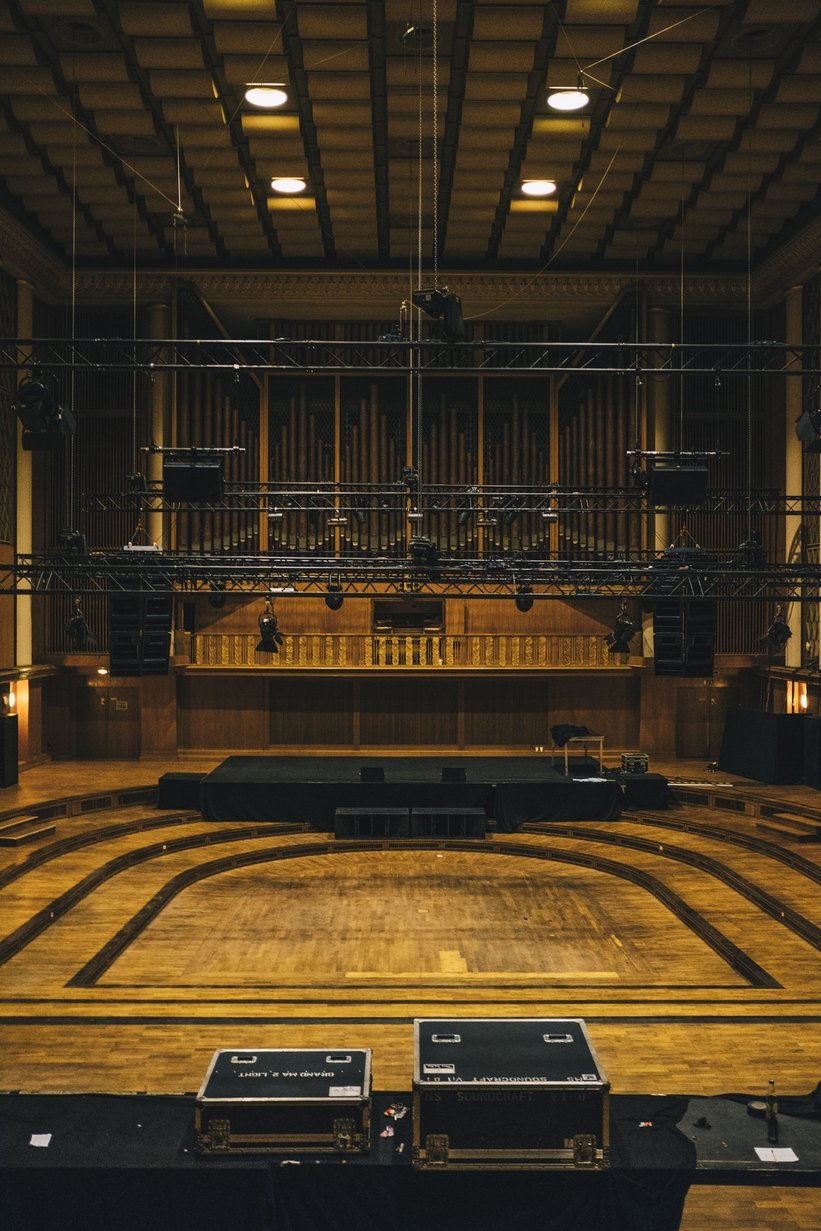
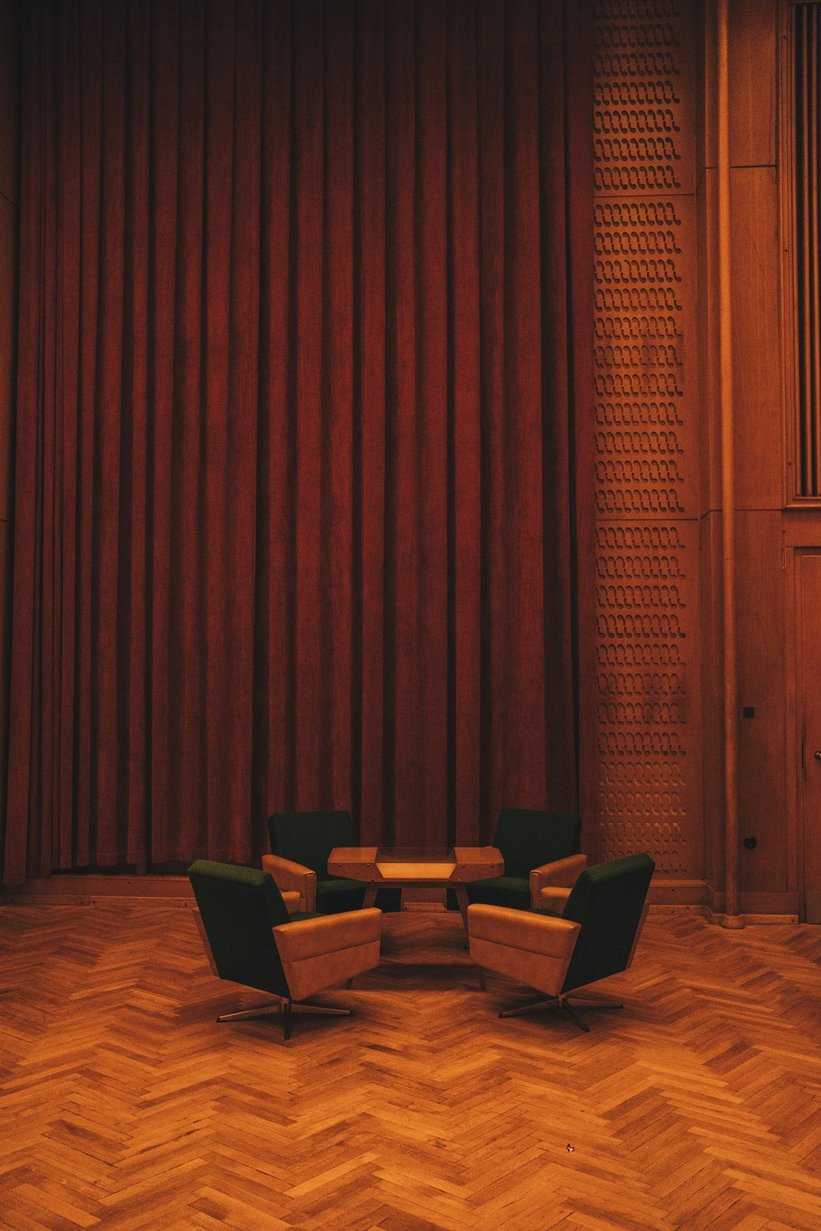
I arrive at the Funkhaus aboard another car, a Maserati Ghibli that’s been driven in anger by the architect and professor Claus Anderhalten. He has owned this car for 13 years but registered it only a week ago to take part in The Flitzer Club. On the Autobahn we try to keep sight of Poschardt’s Testarossa, a Ferrari 512 BB and the Porsche 930 Turbo of Thomas Marecki, founder of Lowdown Magazine. But even though the Ghibli easily reaches 240kph, we’re truly outgunned.
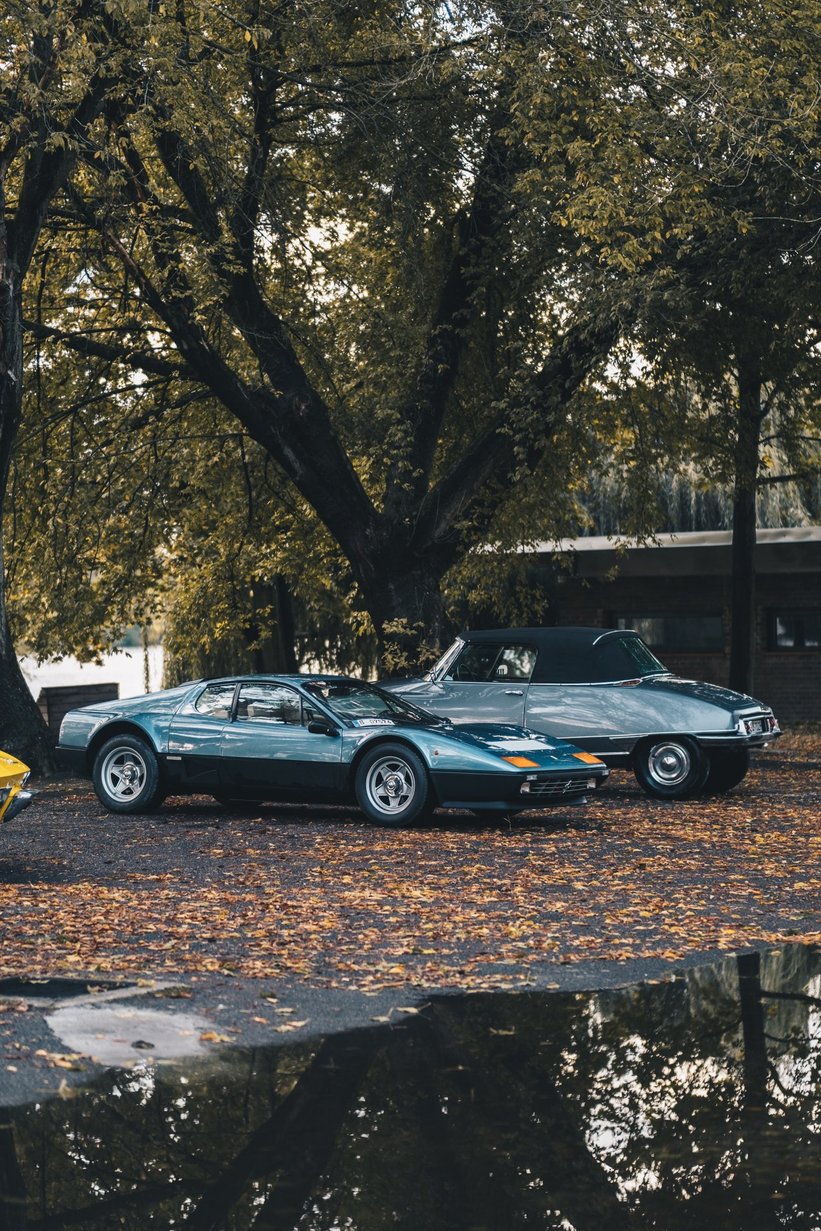
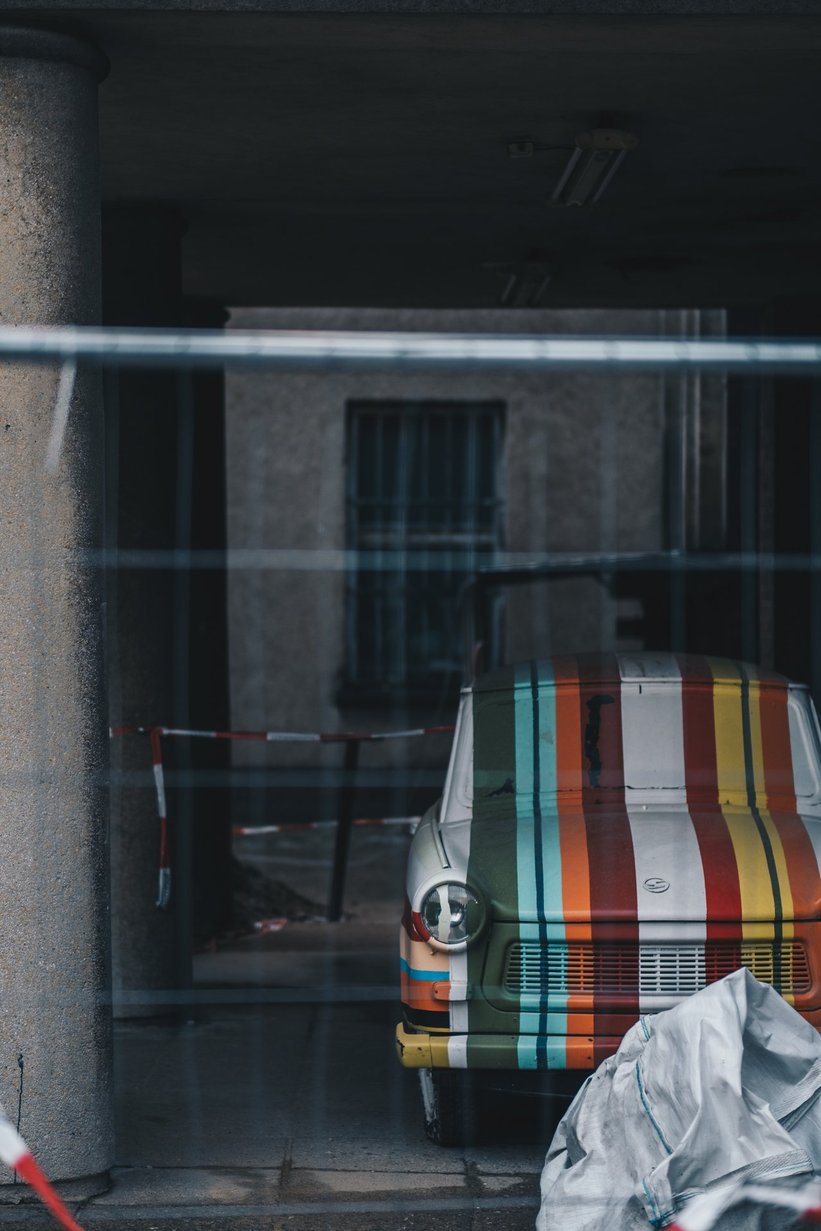
Soothed by the humming of the Maserati’s powerful V8, I’m already thinking about tonight’s promised Neopolitan pizza and how I’m going to sum up this exciting day. Despite the somewhat confusing name, the Flitzer Club was a complete success. I sincerely hope we see more events that mix cultural learning with spirited driving from Mr Rumpff and co. in the future. Today was further proof that it’s not all about the value of cars present but rather the passion of the people driving them.
Photos: Błażej Żuławski for Classic Driver © 2019














































